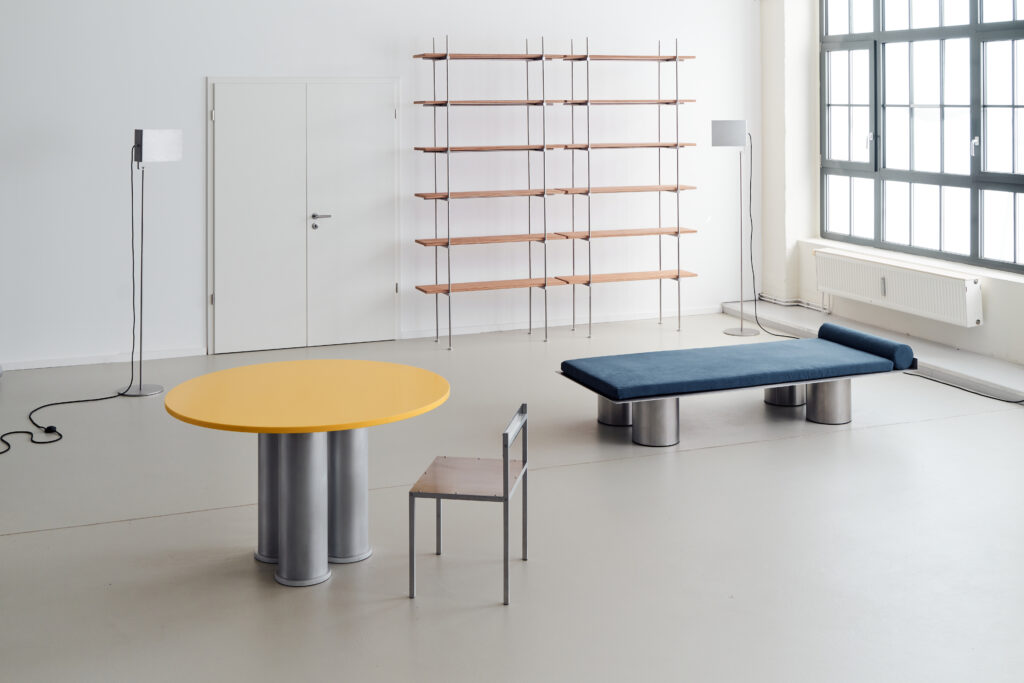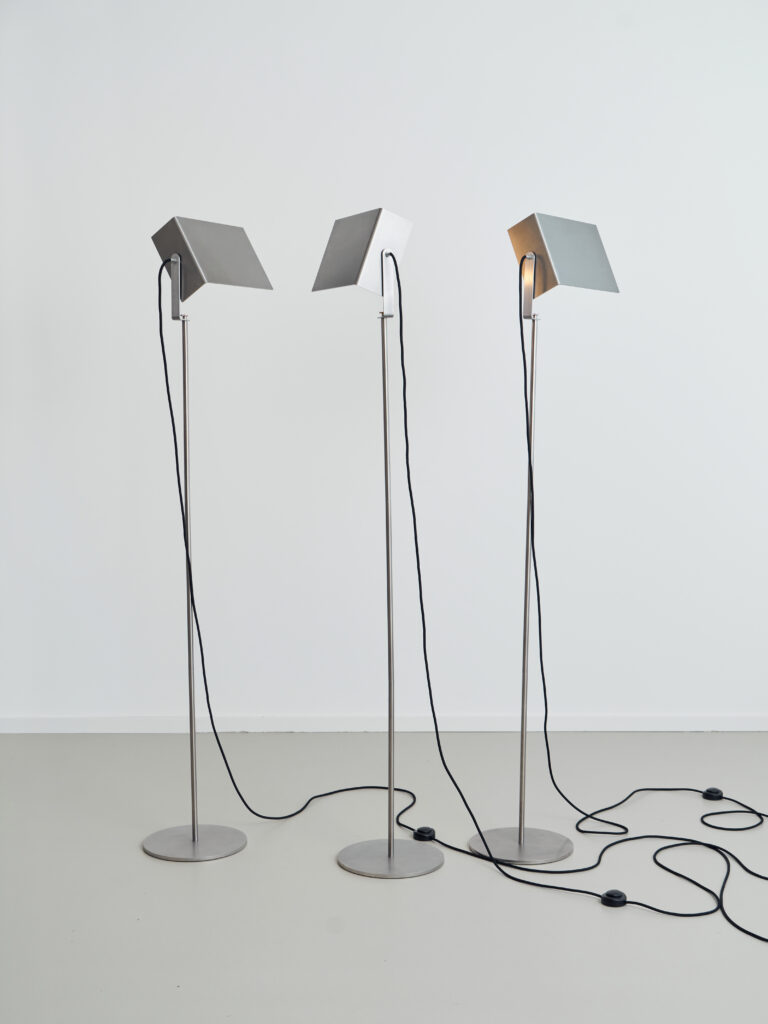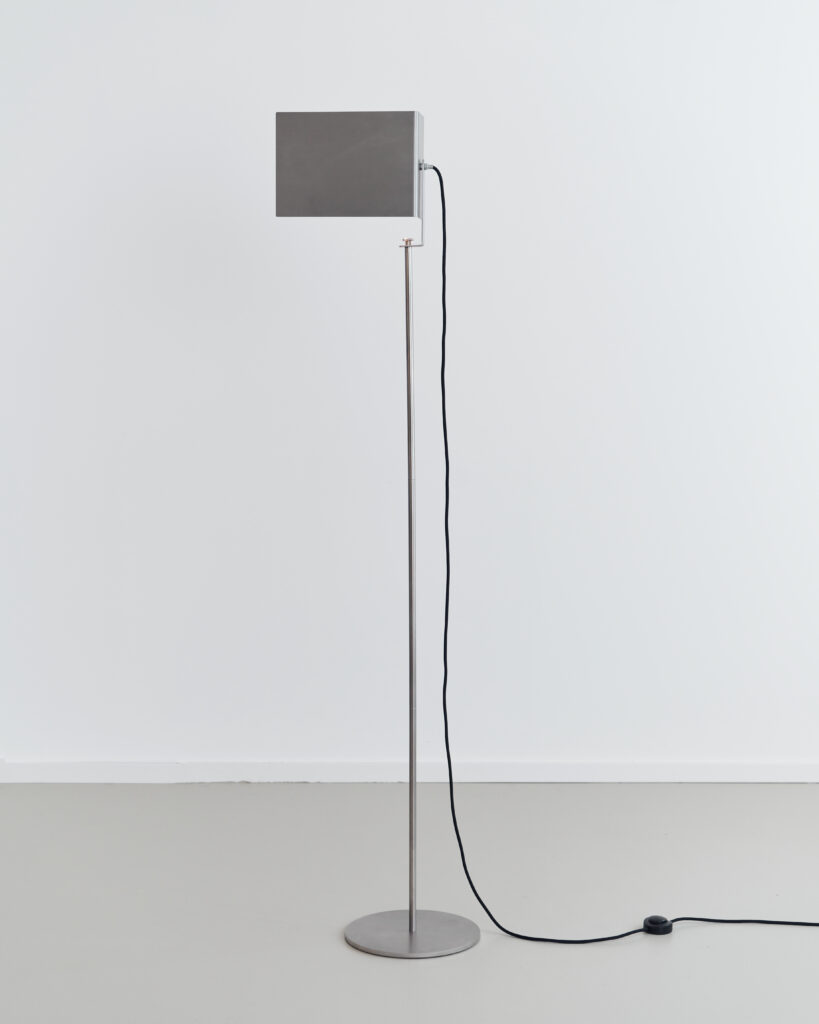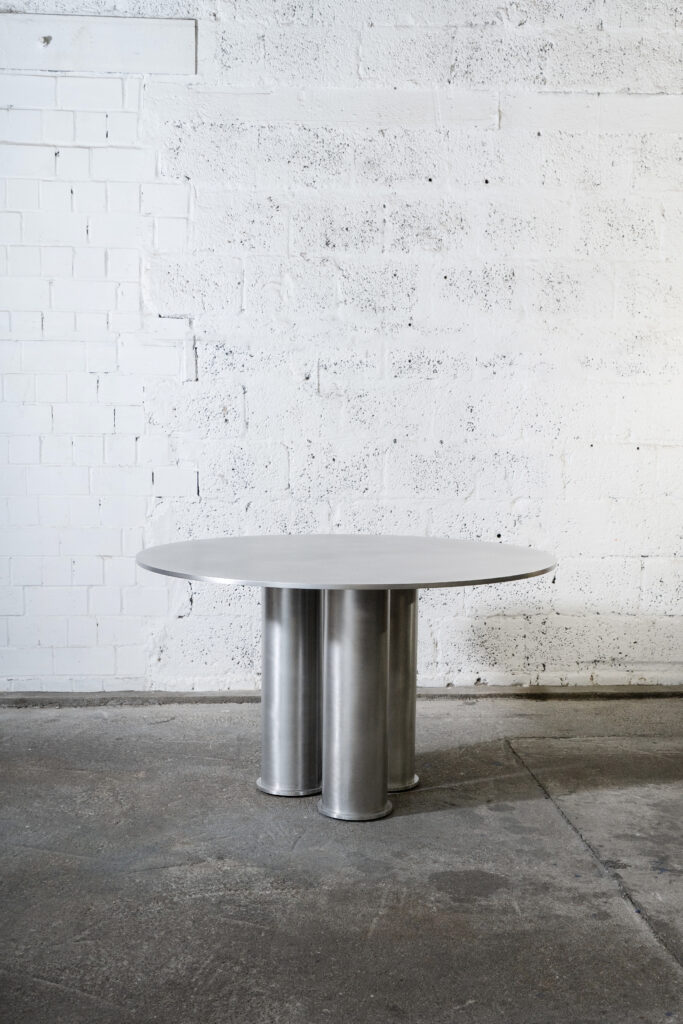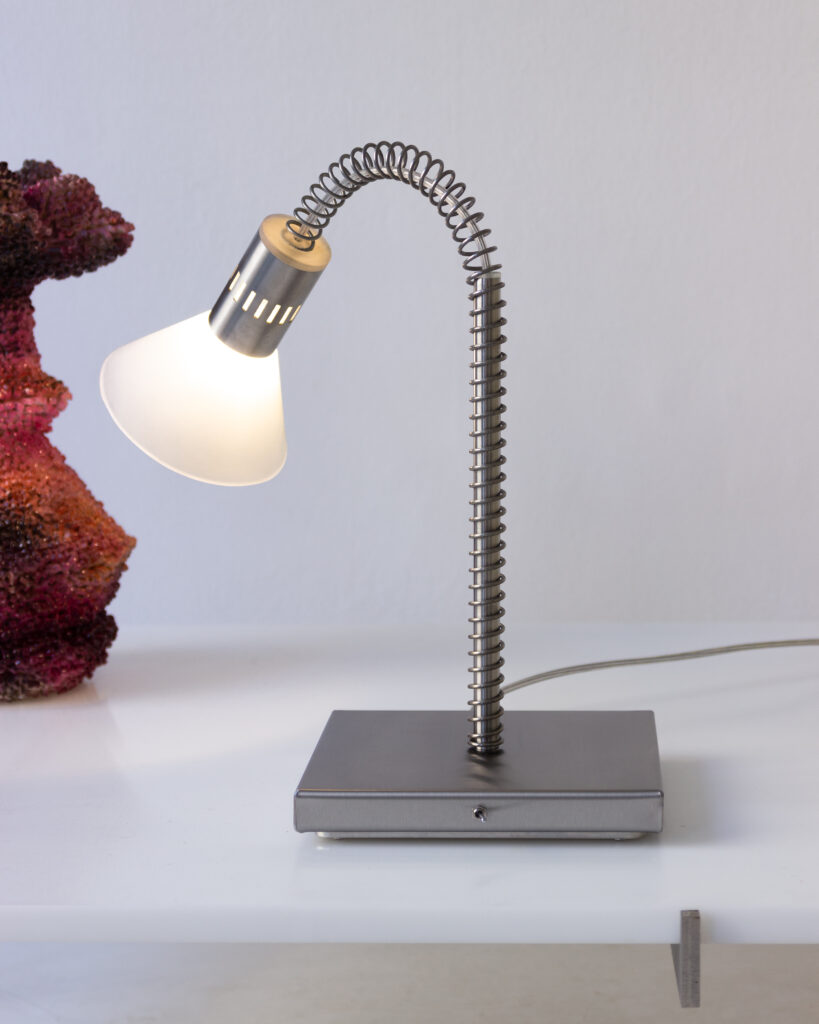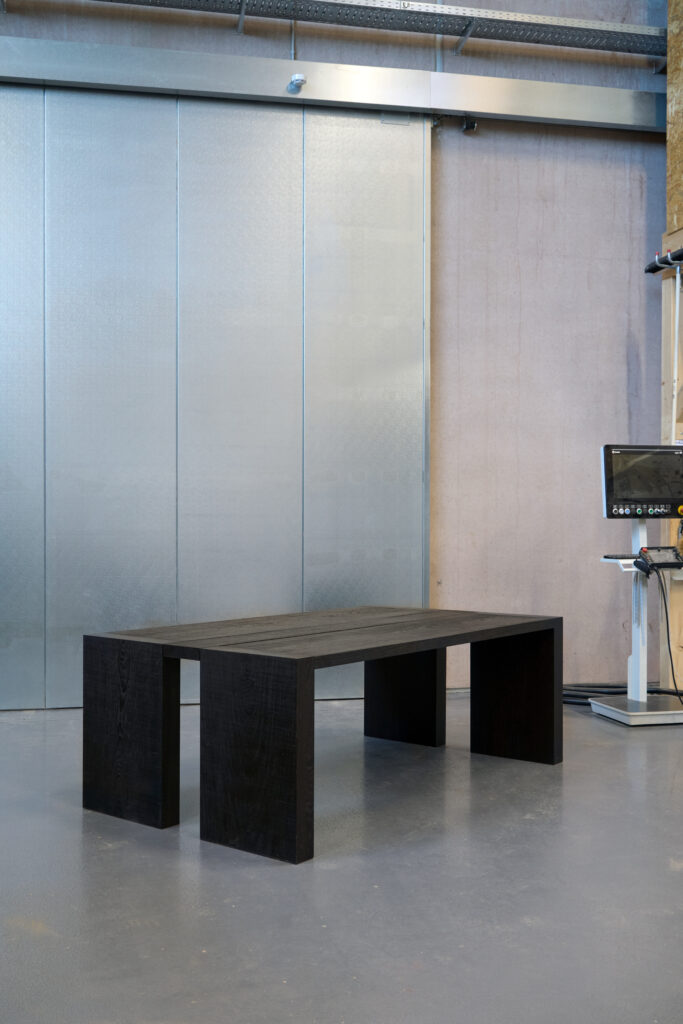Memories seem to be a recurring theme in your work. I’m curious, are there any specific memories or moments from your childhood that continue to inspire your artistic process today.
In Hong Kong, it has been common for kids to learn art in some sort of centre. When I was 3 or 4 years old, I took drawing classes. I still vaguely remember drawing a stuffed animal resembling a rabbit, a mouse, and a monster. The tiny stuffed animal stood still in the center of the table while all the kids sat and drew in a circle of chairs. I patiently drew every hair on the stuffed animal. The teacher was amazed by my work. That was the first time I felt like a small famous artist. This practice of drawing has stayed with me. I often draw to articulate ideas. Meanwhile, I see drawing not only as using a pencil to outline a stuffed animal but as a gaze through which an object, a movement, or a feeling maintains its familiar form but is altered.
How do you manage to strike a balance between drawing from personal experiences and delving into broader conceptual explorations within your work?
Sometimes, certain personal experiences lead me to create works. In 2015, a stranger abruptly hurled racial insults and then bludgeoned my head with a glass bottle in Berlin. I went to the hospital afterward. In the same year, I was sexually assaulted by a man on the street in Berlin who forcefully kissed me at a tram station. I pushed him away, shouted at him, and ran away. I then remembered that I was in a running team in middle school. I ran fast. You know, it’s like the bad luck all show up at the same time without advanced notice. All these violent incidents happened in a blink; it feels like it’s less than a second of human interaction. The speed of violence makes me think, if there would be a way to slow it down through artistic practice.
I really needed to do something. I felt bad and useless. I then created a series of works looking into the moments of falling and if by any chance, support can be there when one falls. I don’t think my personal experience has to connect to broader conceptual explorations, but things often happen within a system. By looking into the problematic system, I imagine, through my artistic practice, and my imagination sometimes finds ways to resist those inherent violence.
How do you push against conventional limits of the body, both in terms of physicality and theoretical frameworks?
I would say that I imagine the impossible, and I question why it is impossible? For example, in Falling Carefully (2020), a sculptural piece, I created three copies of myself capturing a simultaneous fall. When the sculptures fall at the same time, they get stuck and freeze the moment of falling.
Sculpture has the quality of stillness. Integrating stillness and the collective body as a means to stop time and fall, I was interested in looking at the external forces that create the choreography of many fallen individuals in our societies and how falling myself, or “repeatedly” making myself fall could be a way to rehearse in order to prevent or resist dominant powers. It is impossible to duplicate myself in order to get some help (I wish I could) when dangers come, but it is important to know that I am not an individual who might encounter violence, but someone who can offer help when others are in need.
How do you manage the equilibrium between individuality and collectivity in your artistic expressions?
It is an ongoing question. Sometimes it is a struggle, but oftentimes it is natural. In a video piece that I created, The Silent Wall (2014), I used my hands to touch the bullet holes in Sarajevo and later tuned the volume of the city’s sound from loud to silent in every clip, every wall that I touched. It was my first time seeing bullet holes in my life. I remembered seeing the memorial Sarajevo Rose where mortar holes were covered by red resin resembling a rose.
I was with other master students from MFA Public Art and New Artistic Strategies led by Professor Danica Dakić at the Bauhaus University Weimar. During this research trip, I listened to stories about the bullet holes and how local people perceive them. I questioned my presence in the traces of the war. I was not there, but I should remember.
It was clear to me that I wanted to do it myself as my personal approach to remember and archive all those “insignificant” bullet holes, according to many locals. While it seems personal, it does lead me to think in a wider context, especially about what it means when it comes to the idea of collective memory.
Could you elaborate on how you view the importance of physical space in your site-specific performances? Additionally, could you share which performance you feel best utilised or complimented the space in which it was held?
When present at a site, one cannot avoid its history and context. In 2015, I invited numerous people to stand as “memorials” and talk about their personal stories in a square named Weimarplatz (previously Gauforum). This square was built by Hitler with the intention of people gathering there to live out Nazi principles. The square has been renamed several times in history and was called “Hitler’s Square” by some. Nowadays, it is an empty green area that looks out of place in the city, as it is large and rarely visited. The dominance of history often neglects the voices of individuals, including those whose houses were destroyed to build this square. I wonder how our personal stories could weave our voices together and write a new collective narrative consisting of different moments in time that we share from the past, contrary to the dominated discourse which actively silences people’s stories. It was a very special performance. Many people came to my studio to share what they talked about during the performance. (During the performance, we couldn’t really hear what other people were saying, as each of us was at a distance, and when speaking, we couldn’t hear the others). Some people cried, and some complained about the weather (it was very hot). It was both personal and collective.
Do you perceive your work as primarily reflective or proactive in its engagement with social issues?
They are often a reflection of experiences. Sometimes, I perceive my work as an autonomous body, a free being. The audience encounters the “body.” Those emotions and reflections might shape how we engage with social issues, but they might not as well.
Which recent social changes and global phenomena have you tackled in your artistic endeavours?
I often feel powerless when confronting social issues. For example, the anti-Asian racism that has worsened during the Covid-19 pandemic. There are so many emotions and tensions in public spaces. These years, the world is full of tears, with many deaths and much suffering. The profound sadness is so close that it sometimes leaves me speechless. I am not an activist, but I find my own way to tell my stories and help others. I always say that I hope I can help, because I might or might not be helpful. Recently, I have been looking into how mourning could be a way to deal with the powerlessness that individuals hold in everyday life.
In 2022, I worked with composer and singer Dagmar Aigner, who has been working with mourners for over a decade. Her voice heals me. I collaborated with her to create a two-channel video piece where one can see a group of performers moving in a circle while singing mourning songs and lullabies in a loop.
The title of the 60th edition of the Biennale, ‘Foreigners Everywhere,’ conveys a distinct message. How do you interpret the concept of being a foreigner?
It is a celebration, but also a struggle at the same time. Working at the Biennale, there were “foreigners everywhere.” I encountered artists, technicians, specialists, assistants, and curators from different parts of the world. We sat at the same table, ordered the same food and drinks. It was a big celebration of our encounters in Venice.
Being foreign sounds objective, but in my opinion, objectivity is always a lie. It is important to recognize differences. I often say that if we are all the same, we are not okay. No one is the same. If we do not point out the differences, we lose them. Being different, being foreign, is something beautiful.
As we look forward to the upcoming Biennale, I’m genuinely excited about the chance to witness your project in Venice. Could you please share more details about the project?
Falling Reversely (2021/2024) is a seven-channel large-scale video installation and performance created specifically for la Biennale di Venezia, “Foreigners Everywhere,” curated by Adriano Pedrosa.
I conceived the work Falling Reversely in 2021, during the Covid-19 pandemic, when many of my friends who are Asian diaspora living in the US and Europe, including myself, encountered verbal and physical assaults in public spaces. We shared our fear and told each other our stories, trying to find ways to protect ourselves and voice out against these attacks.
Many individuals fall when an attack happens. Some of them were alone in public spaces. I then imagined, what if we could rewind those falling movements through artistic practice. This is an imagination possible in art but impossible in reality, as a fall cannot be reversed.
I worked with Asian diasporic performers. We studied CCTV footage of Asian individuals who fell due to physical assaults in public spaces. In the large-scale video installation at the Venice Biennale, the screens are sometimes on and off, creating an immersive experience as if a performance or an event is taking place in the blink of an eye.
What upcoming projects or themes are you currently delving into in your artistic journey?
The past few years, I have been exploring how human interactions and emotions transform into bodily movements and materials. My current series of work is called Breath Marks. The idea originated from a video work of mine called Neue Wache, where I use my breath to leave traces on a window facing the memorial Neue Wache, in an attempt to cover/blur its image.
In the ongoing series Breath Marks (since 2022), I use my breath marks as a “paint brush” to depict images. In Breath Marks: Queen Elizabeth II and Crying Hong Kong Girl (2023), comprising a photographic print and a glass sculpture, I use my breath marks to depict an image circulated amongst Hong Kong social media, of a crying young girl holding a framed photograph of the late Queen Elizabeth II.
I believe I will continue following my works, as they always lead me to future projects.
























